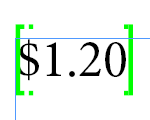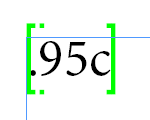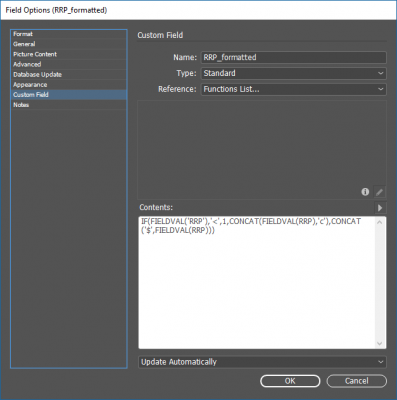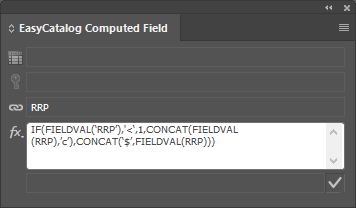Search more than 200 articles to learn more about creating and automating your product catalogs
Tip: Start typing in the input box for immediate search results.
Should I use a Custom Field or a Computed Field to transform my data?
In many instances the choice whether to use a Custom Field or a Computed Field depends largely on your personal preferences and/or the overall setup (and efficiency) of your automated catalog workflow. However, there are some times where only a Custom Field (or a Computed Field) will do what is required.
Custom Fields
Custom fields allow you to transform and augment your source data directly within your panel. The exact field content is then merged with your EasyCatalog library when you create your automated content (either manually or using the EasyCatalog pagination module).
For more information about Custom Fields refer our detailed Transform and supplement your data with EasyCatalog Custom Fields article.
Computed Fields
Computed Fields allow you to transform your fields as the information is placed on the page (i.e. at the time of pagination). Your EasyCatalog library includes a reference to the field specifier, but this field specifier may be modified each time the field is inserted. Using Custom Fields can potentially reducing the number of fields required within your EasyCatalog panel, though it can also increase the complexity of your EasyCatalog library elements.
Most notably, Computed Fields do not allow you to group or sort data.
Comparing Custom Fields & Computed Fields
The following example highlights the main procedural differences between using a Custom Field or a Computed Field to achieve the same outcome.
Consider a specific case where you wanted to show a dollar sign ($) before all number values one dollar or more, and a cent sign (c) after all values less than one. The original data does not include any formatting (or includes a dollar sign in all instances).
| Custom Field | Computed Field | |
|---|---|---|
| Original data field |
RRP field contains values 1.20 and .95
|
|
| Additional data field |
RRP_formatted field utilises IF… statement as Custom Field
IF(FIELDVAL(‘RRP’),'<‘,1, CONCAT(FIELDVAL(RRP),’c’), CONCAT(‘$’,FIELDVAL(RRP)))
Library uses RRP_formatted field to create content on page |
No additional field required |
| Inline modification to library using Computed Field | No Computed Field required |
RRP field within specific library has Computed Field added
IF(FIELDVAL(‘RRP’),'<‘,1, CONCAT(FIELDVAL(RRP),’c’), CONCAT(‘$’,FIELDVAL(RRP))) Library uses RRP field modified by Computed Field to create content on page |
| On page display |   |
|
Custom Fields & Computed Fields Reference
Many functions can be used as either Custom Fields or Computed Fields, while some functions exist only as Custom Fields or as Computed Fields. View our separate Custom Field and Computed Field function reference guide.




